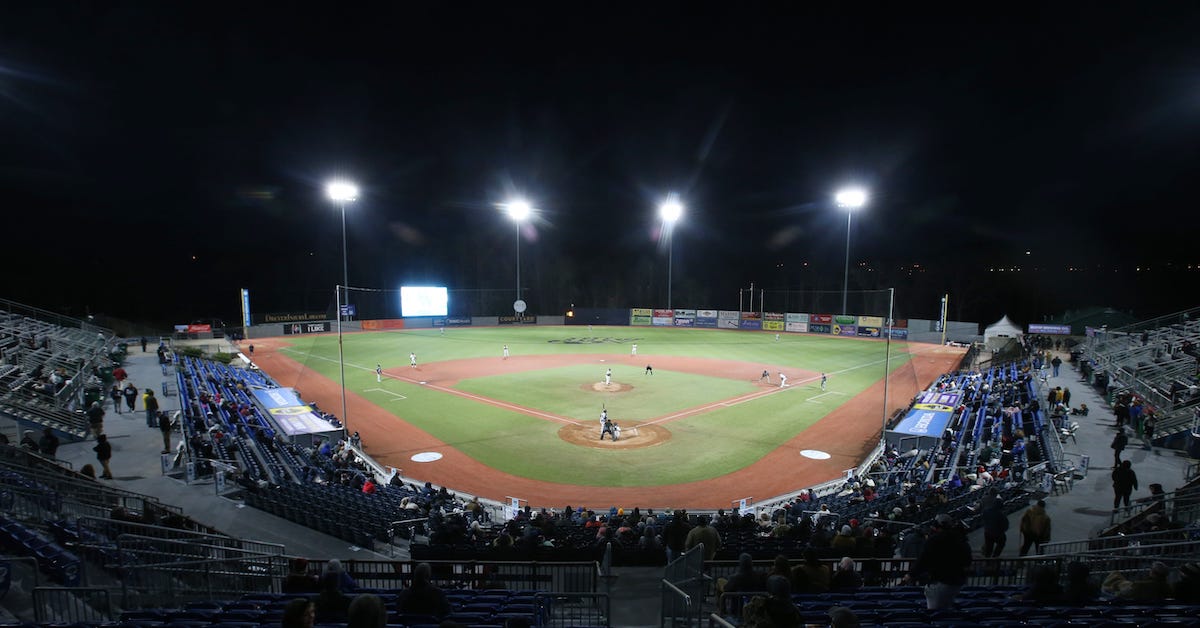Carlos Rodón Gives the Yankees a Pair of Aces

Nine down, one to go. The 2022 free-agent signing period has been fast and furious. When Carlos Correa signed with the Giants earlier this week, he was the eighth of my top 10 free agents to sign. That breakneck pace hasn’t slowed. On Thursday night, Carlos Rodón and the Yankees agreed to a six-year, $162 million contract, as Jon Heyman first reported.
I pre-wrote some words on Rodón as a player, so let’s get to those before discussing the broader context of his signing. He’s a fascinating story, and yet simultaneously a very straightforward pitcher. He throws an overpowering fastball. He throws an overpowering slider. He throws them both very hard, and with solid accuracy. It sounds almost too simple, but both pitches are spectacular, and they pair well together. He’s going to throw them; the question is whether batters can hit them.
For the past two years, the answer has been a resounding no. In 2021, you could convince yourself it was just a hot streak. Rodón missed most of 2019 and ’20 due to injury, and he’d been roughly league average before that. The peripherals were excellent, and the pedigree was there — he was the third overall pick in the 2014 draft after a standout college career at North Carolina State — but he was a two-pitch pitcher with health concerns and one excellent season. To make matters worse, he looked fatigued at the end of the season — reasonably so given his workload increase — and lost fastball velocity until regaining it in the playoffs. The White Sox declined to issue him a qualifying offer, and he signed what was essentially a high-class prove-it deal with the Giants: two years and $44 million, with an opt out after the first year. Read the rest of this entry »









